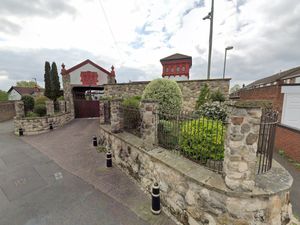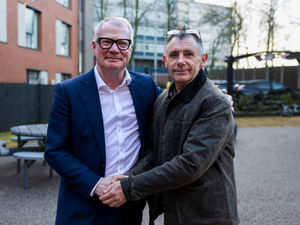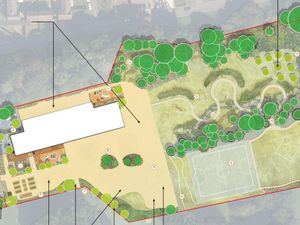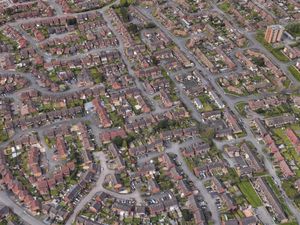Black Country green belt borders 'needed for 27,000 new homes'
The Black Country’s green belt will need to make way for almost 27,000 new homes, a planning report reveals.
The Urban Capacity Review concludes there are not enough urban sites in the region to address a housing shortage.
It means prized green belt along the outskirts of the Black Country will likely be built on over the next decade.
The findings will anger communities who have campaigned hard to save green spaces – including the Seven Cornfields, in Wolverhampton, and Foxcote Farm, in Wollescote – from development.
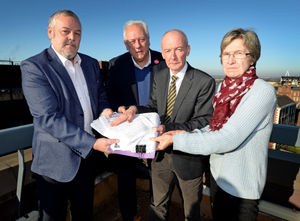
No area of green belt – a protected area of countryside – has so far been released for development.
But this latest report, as part of the Black Country Plan, reveals the relevant criteria has been met to “trigger a green belt review”.
The report, published this month, found there will be a shortage of 26,920 homes in the Black Country until 2038, with no room left in urban areas to accommodate these.
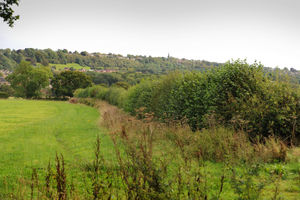
In the report, officials state: “The identified shortfall – that is the amount of housing need which cannot be accommodated in the Black Country urban areas – remains significant, at around 26,920 homes.
"It is reasonable to conclude that the exceptional circumstances necessary to trigger a green belt review in the Black Country, in order to meet housing and employment land needs, have been met.”
Where will the homes of the future be built?
The review is the latest stage of the Black Country Plan, which was launched in 2017 to address how many homes and businesses will be needed in the Black Country by 2036.
The Black Country Plan, originally called the Black Country Core Strategy, is a joint project by the region's four councils of Dudley, Sandwell, Walsall and Wolverhampton.
It invited landowners to put forward their land, including green belt, for housing development within the Black Country.
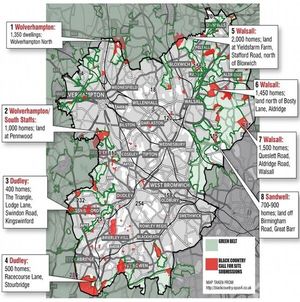
Council planners are currently reviewing what land is most suitable.
Favoured sites will be put forward for public consultation in October 2020.
This will be followed by further consultations until the Black Country Plan is finally rubber-stamped in 2023.
A breakdown of council figures shows Sandwell will have the biggest shortage, with 15,956 homes needed.
The borough currently has a stock of 12,088 homes, compared with a predicted shortfall of 28,044 homes.
Dudley is at the other end of the spectrum and will have a surplus of 2,224 homes by 2038.
Dudley is the the only Black Country borough to have an anticipated surplus.
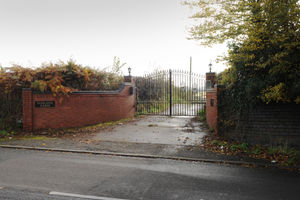
Wolverhampton will have a shortfall of 14,288 homes and Walsall will have shortfall of 17,214.
Among the suggested housing developments includes 1,300 homes on land called the Seven Cornfields, in Wolverhampton, and 1,500 houses on Foxcote Farm, in Wollescote, near Stourbridge.
A handful of sites have also been suggested on Dudley's green border as part of South Staffordshire District Council's Local Plan Review, which is similar to the Black Country Plan.
It means two councils - Dudley and South Staffordshire - are looking at using green belt land for new housing on Dudley's leafy western border.
There are also swathes of green belt land in north Walsall which have been suggested for development, including 1,450 homes on land north of Bosty Lane, Aldridge.


